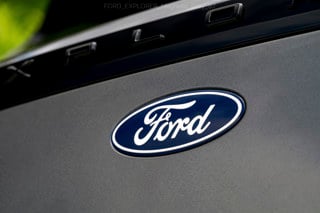Just two days after Standard and Poor's downgraded Ford's credit rating to one notch above junk, Moody's affirmed the carmaker's long-term rating of Baa1 – its third lowest investment grade.
“Ford will continue to face formidable challenges that could make it difficult for the company to sustain the current rating,” Moody's says in a press statement. Ford and its Ford Credit finance arm have about $180bn (£106bn) of debt, although analysts are confident its financial performance from 2004 and 2005 will improve. Don Leclair, Ford Motor Co. group vice-president and chief financial officer, says: “We are pleased Moody's recognises our continuing progress, and has decided to maintain our credit ratings. We remain fully committed to our 2003 financial milestones and business plans, and are forecasting improvement in automotive and total profitability in 2004.”
Ford's net income slipped by 27 per cent in the second quarter of the year to $417m (£272.5m) from $570m (£336m). The decline reflected disappointing sales in the North American market, where lower production volumes and lower net pricing have eroded the firm's financial position.
Ford of Europe reported a second quarter pre-tax loss of $525m (£310m), compared with a loss of $18m (£10.6m) over the same period a year ago. However, European revenue rose by six per cent to $5.2bn (£3bn). Ford blames the overall downturn on “lower net pricing, an unfavourable mix, lower industry volume and dealer stock reductions”.
Nevertheless, the company says cost performance and market share has improved.


















Login to comment
Comments
No comments have been made yet.